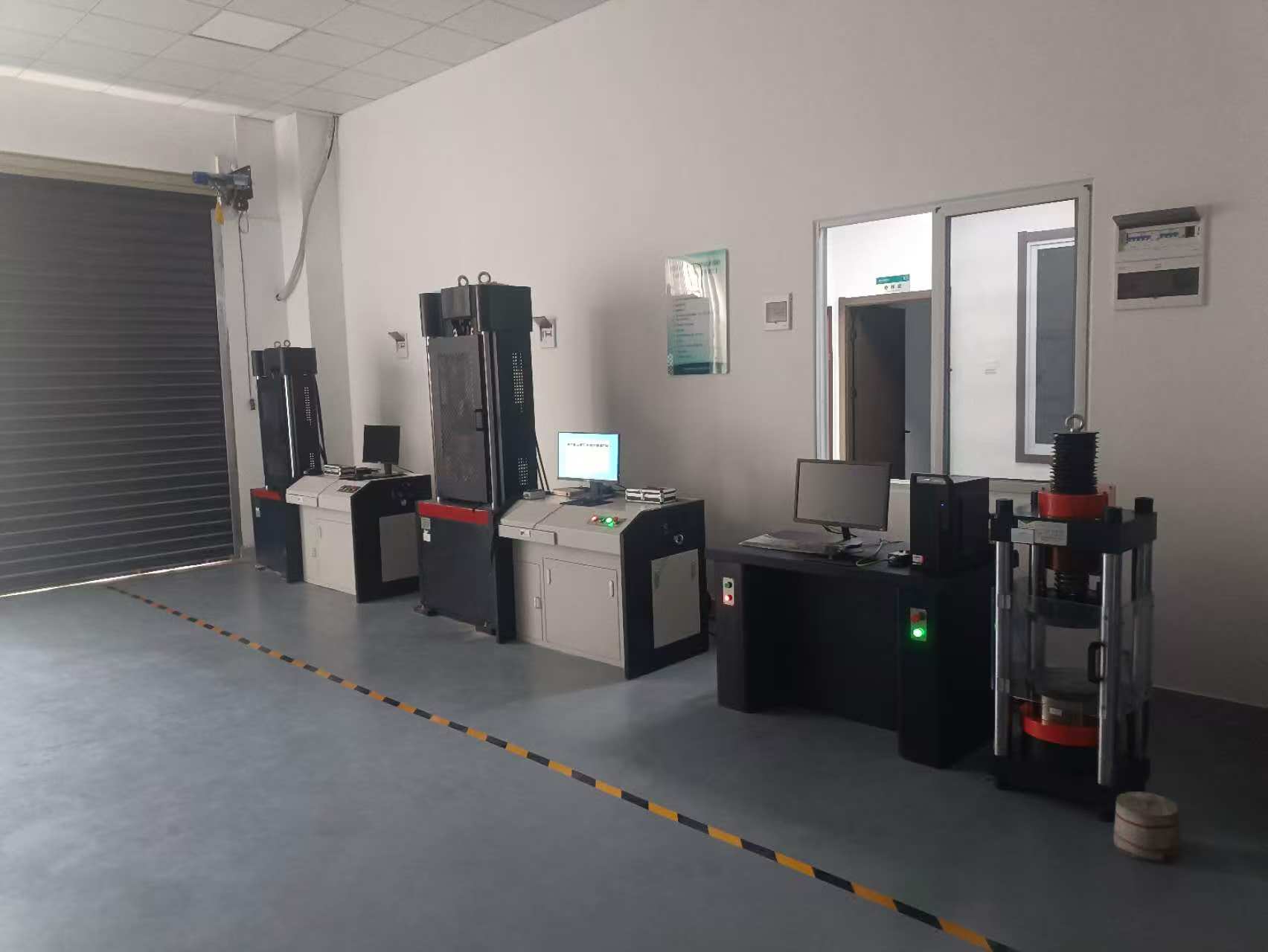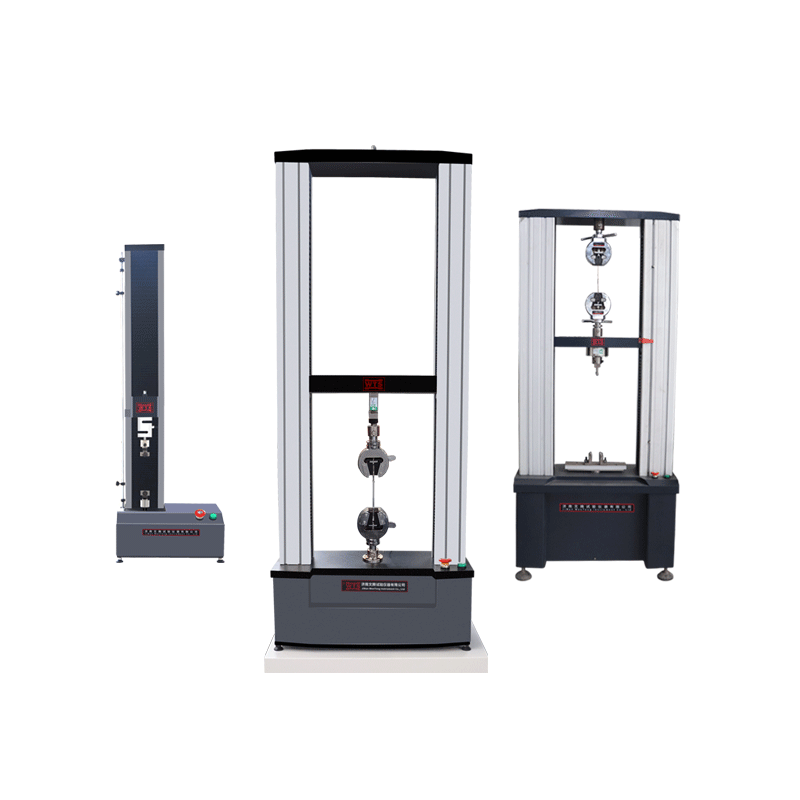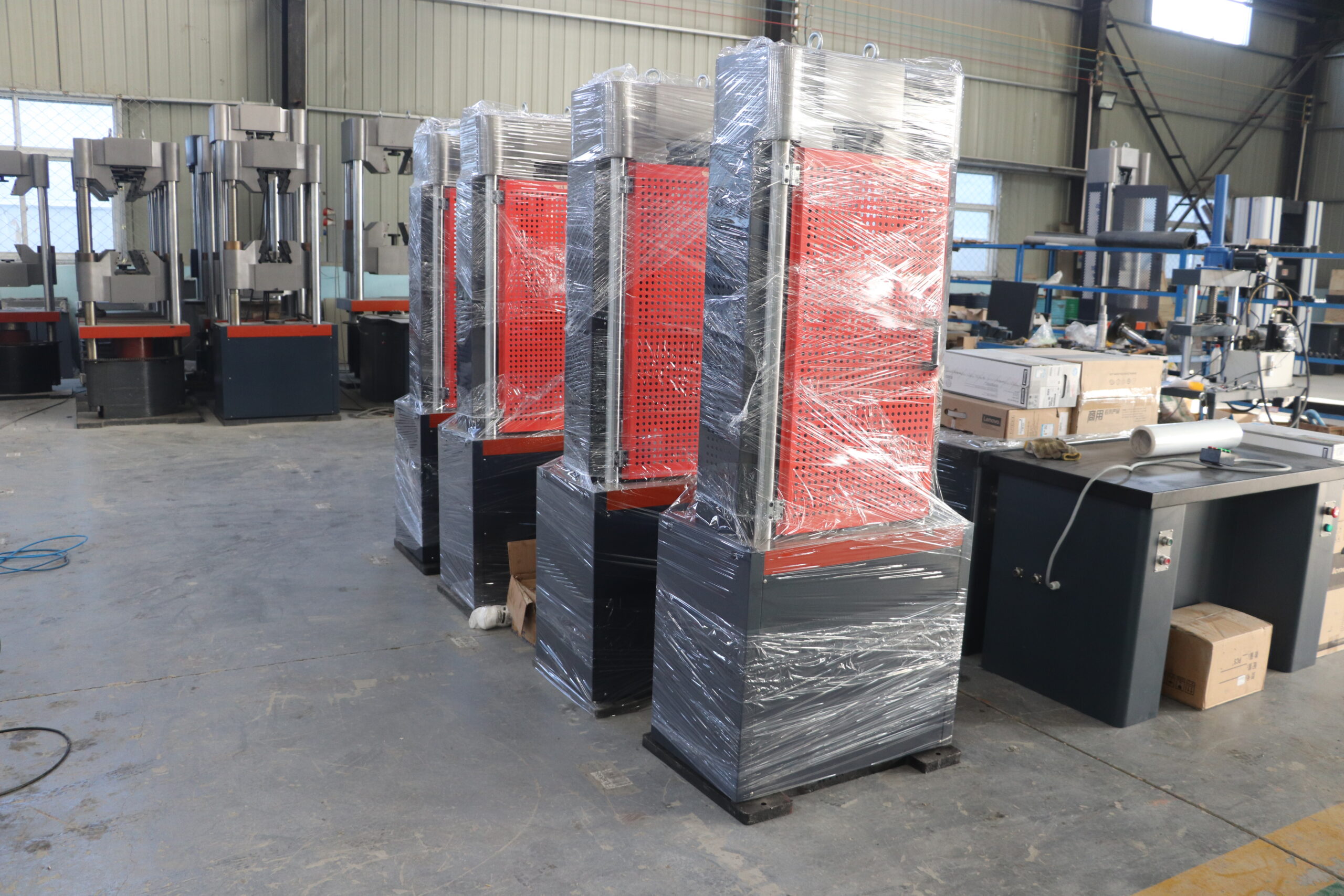Understanding the Role of UTMs in Concrete Testing
Concrete is one of the most widely used construction materials globally, prized for its strength, durability, and versatility. To ensure concrete meets the structural requirements of buildings, roads, and bridges, it must undergo rigorous mechanical testing. One of the most reliable tools for evaluating the mechanical properties of concrete is the Universal Testing Machine (UTM).
A Universal Testing Machine is designed to perform various mechanical tests such as tension, compression, bending, and shear on a wide range of materials. For concrete, the most common application of a UTM is compression testing. This helps determine key performance indicators such as compressive strength, modulus of elasticity, and failure characteristics.
Modern UTMs—particularly hydraulic universal testing machines—are capable of testing high-capacity concrete specimens like cylinders, cubes, or prisms in accordance with international standards such as ASTM C39, EN 12390-3, and GB/T 50081. These tests are vital for ensuring that concrete batches meet design specifications and regulatory compliance before being used in construction.

Step-by-Step Guide to Testing Concrete with a UTM
Testing concrete using a Universal Testing Machine requires careful preparation, correct fixture selection, and compliance with testing standards. Below is a general procedure for conducting a concrete compression test using a UTM:
1. Prepare the Specimens
Concrete samples are typically cast into standard shapes such as:
Cylinders (e.g., 150mm x 300mm)
Cubes (e.g., 150mm x 150mm x 150mm)
Prisms (for flexural tests)
After casting, specimens are cured under controlled temperature and humidity conditions for a specified period (usually 28 days) to reach the desired strength.
2. Calibrate the Machine and Select Fixtures
Ensure the UTM is properly calibrated and suitable for compression testing. Use flat, parallel compression platens that match the specimen size. Hydraulic UTMs with digital load control and data acquisition systems are preferred for concrete testing due to their high load capacity (300kN–2000kN).
3. Center and Align the Sample
Place the concrete specimen centrally between the upper and lower platens. Misalignment can lead to uneven loading and inaccurate results. Use centering rings or guides if necessary to ensure proper placement.
4. Conduct the Compression Test
Apply the load continuously and without shock at a constant rate as defined by relevant standards:
ASTM C39 recommends a loading rate of 0.25 MPa/s to 0.35 MPa/s
EN 12390-3 specifies 0.6 ± 0.2 MPa/s
The UTM will record the maximum load the specimen can withstand before failure. The compressive strength is calculated by dividing this load by the specimen’s cross-sectional area.
5. Analyze and Report Results
Modern UTMs are equipped with software that automatically plots stress-strain curves, calculates compressive strength, and generates test reports. Results can be exported in PDF, Excel, or CSV formats for further analysis or documentation.
Why Use a UTM for Concrete Testing?
Using a Universal Testing Machine for concrete testing offers several advantages over standalone compression testers:
High Accuracy and Repeatability
UTMs are built with precision load cells and advanced control systems that ensure consistent and accurate force application. This improves the repeatability of test results, which is crucial for quality control.
Multi-Material and Multi-Mode Testing
Beyond compression, UTMs can also test concrete’s flexural strength, splitting tensile strength, and even bond strength between rebar and concrete using customized fixtures. This versatility allows for a comprehensive understanding of concrete performance in different structural scenarios.
Compliance with International Standards
UTMs can be configured to comply with a wide range of global standards, including:
ASTM C39/C78/C496
EN 12390-3/5/6
ISO 1920-4
GB/T 50081, GB/T 17671
Digital Control and Automation
Most modern UTMs are integrated with touchscreen interfaces, programmable test procedures, automatic load application, and real-time data logging. This reduces operator error and enhances testing efficiency.
Long-Term Investment for Labs
For labs or institutions that test various materials (metals, plastics, composites, concrete), a UTM offers excellent return on investment. It consolidates multiple testing capabilities into a single, scalable platform.

Conclusion
Testing concrete with a Universal Testing Machine is a reliable, standards-compliant method for evaluating mechanical strength and structural integrity. Whether you are verifying the quality of ready-mix concrete, performing research on new concrete formulations, or conducting acceptance tests on-site samples, a UTM provides the precision, versatility, and confidence you need.
By following proper test procedures and using the right equipment, engineers and technicians can ensure that concrete materials perform safely and effectively in real-world construction environments.









